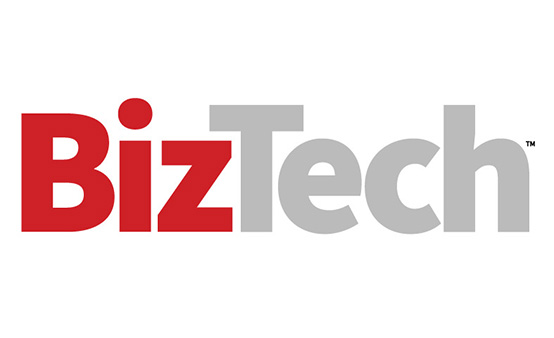Shifting From On-Premises to Cloud Phone Systems
The industry trend is clear: Phone systems are moving to the cloud. On-premises PBX implementations may have served businesses for years, but they create maintenance headaches and eventually fall out of vendor support.
Cloud-based systems bring several benefits, including:
- Easier management: No more patching, replacing servers or upgrading hardware.
- Scalability: Add or remove users quickly as your workforce changes.
- Resilience: Built-in redundancy ensures less downtime than legacy systems.
But migrating too quickly without preparation can create performance bottlenecks or gaps in protection. So, make sure that your organization’s bandwidth, single sign-on and security policies align with the new system.
EXPLORE: Mobile device management solutions can improve your communication.
Rethinking Phone Lines in a Collaboration-First Era
Not every employee needs a dedicated phone number. With platforms such as Microsoft Teams, Zoom, Webex and Slack offering voice capabilities, many employees already communicate without traditional dialing.
To streamline efforts, IT leaders should ask themselves:
- Who truly needs a dedicated phone line? Sales reps or customer service teams likely do, but back-office roles may not.
- Can numbers be shared? Warehouses or production facilities and internal departments can often perform their duties with shared devices.
- What about faxing? Though outdated, many industries still rely on faxing. I know this sounds surprising, but check that cloud platforms are compatible.
By auditing actual usage, small businesses can opt for a pared-down subscription and avoid paying for unnecessary features.
DIG DEEPER: What do small businesses need to know about mobile phone deployments.
Choosing the Right Cloud Vendor
Vendor selection is one of the biggest decisions in phone migration. Cost is often the first consideration, but functionality and ecosystem alignment matter just as much.
For example, if your business is heavily invested in Microsoft, Teams Phone may seem logical. Organizations that run on Cisco might lean toward Webex.
Next, there are functionality needs. Do you require call queues, hunt groups, auto attendants or artificial intelligence (AI)-powered receptionists? Do you need integration with a customer relationship management (CRM) system or help desk?
Managing the Challenges of Migration
Another important step is evaluating cost versus value. Monthly per-user fees can feel expensive, but factoring in hardware replacement, maintenance and outage risks shows that the cloud is often more cost-effective over time.
Most cloud voice providers offer basic dial tone service, messaging and meetings. Some providers also offer AI assistants and a full contact center.
For businesses with complex call flows (and customer support hotlines), migrations should be planned and tested carefully in advance. Employees may also be resistant to new tools, especially if they’re comfortable with desk phones. That’s where training and phased rollouts can be beneficial.
Integration With Business Tools
About half of small businesses consider CRM or help desk integration during migration. Application programming interfaces now make it easier for phone systems to connect with customer-facing applications.
For example, calls routed through Microsoft Teams can sync with Salesforce records. Webex or RingCentral can connect to a customer support ticketing system. Dedicated customer service lines can also remain separate from internal operations.
KEEP READING: Six cloud-based collaboration tools are supercharging small businesses.
The Cost of Doing Nothing
Finally, know the risks of delaying a migration and sticking with aging on-premises hardware. For one, hardware vendors may eventually stop supporting older systems, leaving businesses exposed to more cyberattacks. They may also be too out of date or obsolete against competitors. Second, there’s downtime. When a 15-year-old system fails, recovery is far slower than with a cloud-based solution. Third, maintaining legacy hardware may incur hidden IT costs that could instead support innovation and customer-oriented projects.
Migrating phone systems isn’t one-size-fits-all. Every small business has unique needs based on its size, industry and existing tech stack. That’s why CDW’s experts work with teams to audit current infrastructure and determine an organization’s readiness for the cloud, analyze cost models, and advise on the right vendor and subscription tier. Then, we guide teams through a full migration plan — every step of the way.
This article is part of BizTech's AgilITy blog series.












